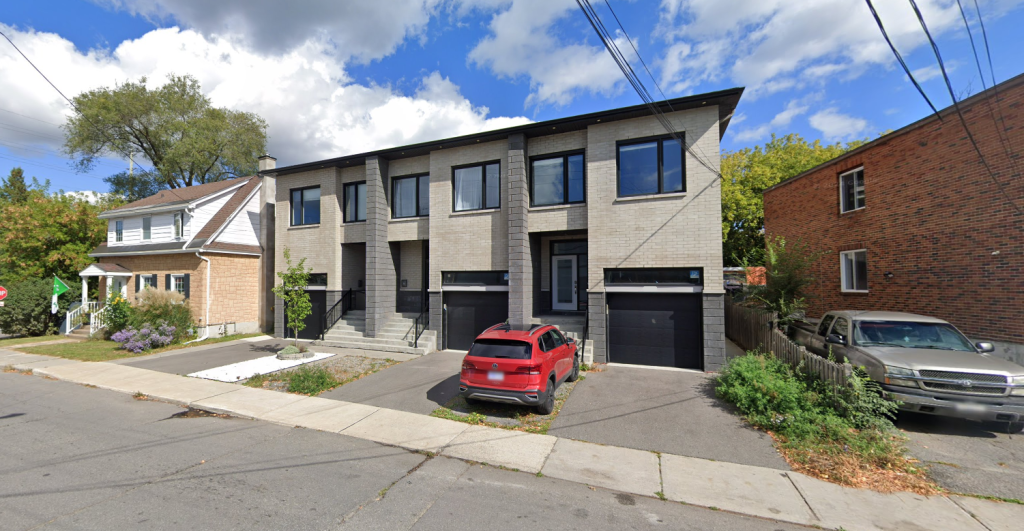
On Sunday 10 people were sent to hospital after carbon monoxide seeped into a row of townhouses.
According to posts on X from officials, fire, paramedics and police officers responded to the 200 block of Granville Street around 9:15 a.m. on Dec. 22. Crews reported it as a carbon monoxide incident and a total of 10 people were transported to hospital.
One person was treated for life-threatening injuries.
Insp. Scott Pettis told The Canadian Press at the scene that gas came from a vehicle that had been left running inside a garage to warm up. The exhaust built up as the door was left unopen, he said.
“It’s our understanding that the family that lives at the address is new to Canada,” Pettis said.
“They’re not really familiar with the cold, and they did run their vehicle to make it warm for them to travel at some point — not knowing that they then had to open their garage door to … adequately ventilate the area.”
Police said the investigation was ongoing.
Separate incident in early December
This comes after firefighters responded to a separate call for carbon monoxide in Orleans. It happened Dec. 9 and thanks to working smoke alarms, a young family with two children were woken up at 2:38 a.m.
They were able to leave and call firefighters while they waited outside of the home in the car. Crews took measurements inside the house and confirmed carbon monoxide readings of 40 parts per million. Officials said the source was the furnace.
After shutting it off the family was told to have it fixed before turning it back on. Firefighters ventilated the area and the family was able to stay a nearby relative’s house for the night.
How to know if its carbon monoxide?
The Orleans incident — and the situation over the weekend — prompted Ottawa Fire Services to issue infographics on carbon monoxide.
According to officials, people need to make sure that fuel-burning appliances and vents in their homes are inspected each year and to regularly test carbon monoxide alarms. The infographic notes that 65 per cent of all carbon monoxide deaths and injuries in Ontario happen in homes.
Appliances that use gas can include fireplaces, fuel heaters, dryers, furnaces, stoves, water heaters and portable fuel generators, with officials saying many homes have between four to six fuel-burning appliances.
Symptoms of CO2 poisoning are similar to the flu but without a fever; it is often referred to as the “Silent Killer,” since there is no smell, colour or taste.
With files from The Canadian Press.